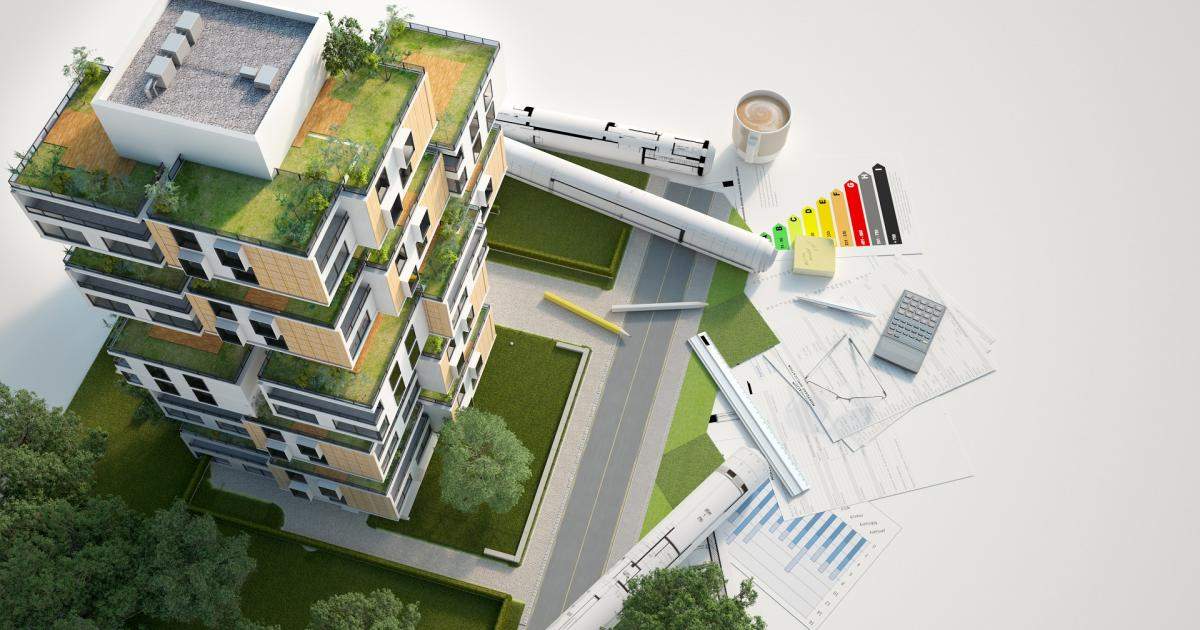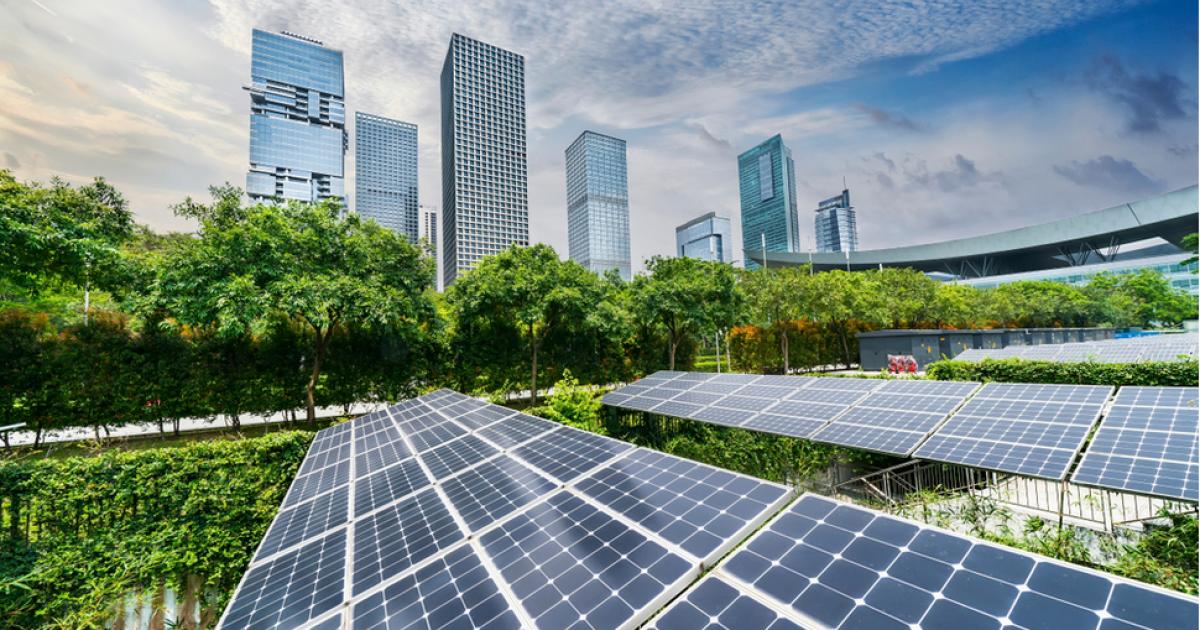Sustainable building materials have gained significant traction in the construction industry due to their eco-friendly properties, energy efficiency, and contribution to sustainable development goals. As the demand for green building solutions rises, the market for sustainable building materials continues to expand, offering a diverse range of environmentally conscious options for architects, builders, and homeowners. Let’s
Sustainable building materials have gained significant traction in the construction industry due to their eco-friendly properties, energy efficiency, and contribution to sustainable development goals. As the demand for green building solutions rises, the market for sustainable building materials continues to expand, offering a diverse range of environmentally conscious options for architects, builders, and homeowners. Let’s explore the trends, benefits, and innovations driving the growth of sustainable building materials in the construction sector.
1 Embracing Eco-Friendly Practices: The Rise of Sustainable Building Materials
The adoption of sustainable building materials signifies a shift towards eco-friendly practices in construction, focusing on reducing environmental impact, conserving resources, and promoting sustainable building practices. The use of Sustainable Building Materials provides superior durability, efficiency, and environmental performance, making them an integral component of green building initiatives worldwide.
2. Benefits of Sustainable Building Materials for Environmental Conservation
Sustainable building materials offer numerous environmental benefits, including reduced carbon footprint, lower energy consumption, improved indoor air quality, and minimized waste generation. By choosing eco-friendly materials such as recycled steel, bamboo, reclaimed wood, and low-emission products, construction projects can significantly contribute to environmental conservation and sustainability.
3. Energy Efficiency and Sustainable Design with Green Building Materials
Green building materials are key to enhancing energy efficiency and sustainable design in construction projects, ensuring optimal performance, thermal insulation, and reduced energy consumption throughout the building’s lifecycle. Sustainable Building Materials such as solar panels, energy-efficient windows, and insulation materials play a vital role in creating energy-efficient buildings that prioritize sustainability and environmental responsibility.
4. Innovations in Sustainable Building Materials for Modern Architecture
Innovations in Sustainable Building Materials have revolutionized modern architecture, offering innovative solutions for sustainable construction, smart building systems, and eco-conscious design elements. Sustainable alternatives like cross-laminated timber, green roofs, and recycled plastic composites present opportunities for architects to create eco-friendly, aesthetically pleasing structures that meet the demands of sustainable design practices.

Image by: Yandex.com
5. Durability and Longevity of Sustainable Building Materials
Sustainable building materials are known for their durability, longevity, and resilience, providing structures with robust construction, enhanced performance, and minimal maintenance requirements. Materials such as bamboo, cork, rammed earth, and recycled steel offer sustainable solutions that withstand the test of time, contributing to the longevity and efficiency of building projects.
6. Cost-Effectiveness and Lifecycle Benefits of Sustainable Materials
Contrary to popular belief, sustainable building materials can be cost-effective investments that deliver long-term savings, reduced operational costs, and enhanced lifecycle benefits for building owners and stakeholders. While the initial costs of green materials may be higher, their durability, energy efficiency, and environmental benefits result in significant cost savings over the lifespan of the building.
7. Sustainable Building Materials for Resilient and Disaster-Resistant Structures
Incorporating Sustainable Building Materials into construction projects is crucial for creating resilient, disaster-resistant structures that can withstand environmental challenges, climate change impacts, and natural disasters. Resilient materials such as bamboo, straw bale, and recycled concrete contribute to the resilience and strength of buildings, enhancing their ability to withstand extreme weather events and hazards.
8. Carbon Neutral Construction: Role of Sustainable Building Materials
The shift towards carbon-neutral construction practices underscores the importance of sustainable building materials in reducing greenhouse gas emissions, promoting carbon sequestration, and mitigating the environmental impact of construction activities. Sustainable materials play a pivotal role in achieving carbon neutrality in buildings, serving as a sustainable solution towards combating climate change.

Image by: Yandex.com
9. Green Certification Programs and Sustainable Materials Compliance
Green certification programs such as LEED (Leadership in Energy and Environmental Design) promote the use of sustainable building materials, energy-efficient systems, and environmentally responsible practices in construction projects. Compliance with sustainable materials standards and green building certifications ensures that buildings meet stringent environmental criteria, sustainable design principles, and eco-friendly guidelines.
10. Future Trends in Sustainable Building Materials and Construction Practices
The future of sustainable building materials is marked by continual innovation, advanced technologies, and sustainable construction practices that prioritize environmental stewardship, resource efficiency, and sustainable development. As the construction industry progresses towards greener, more sustainable practices, the integration of eco-friendly materials and sustainable design strategies will play a central role in shaping the future of construction and urban development.
















